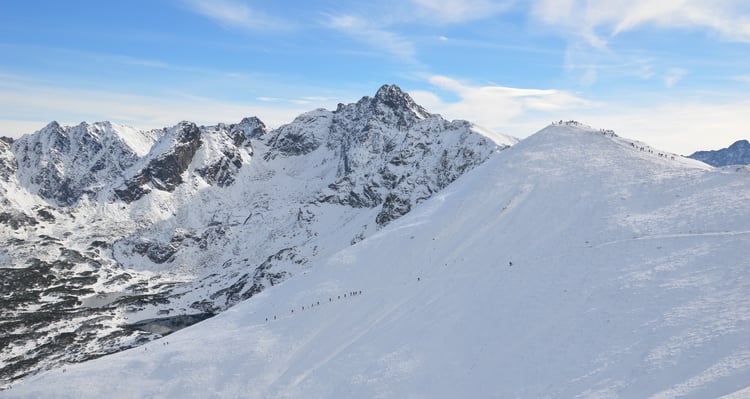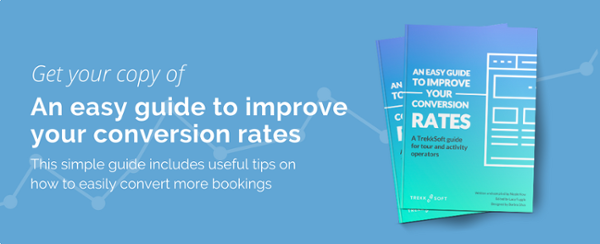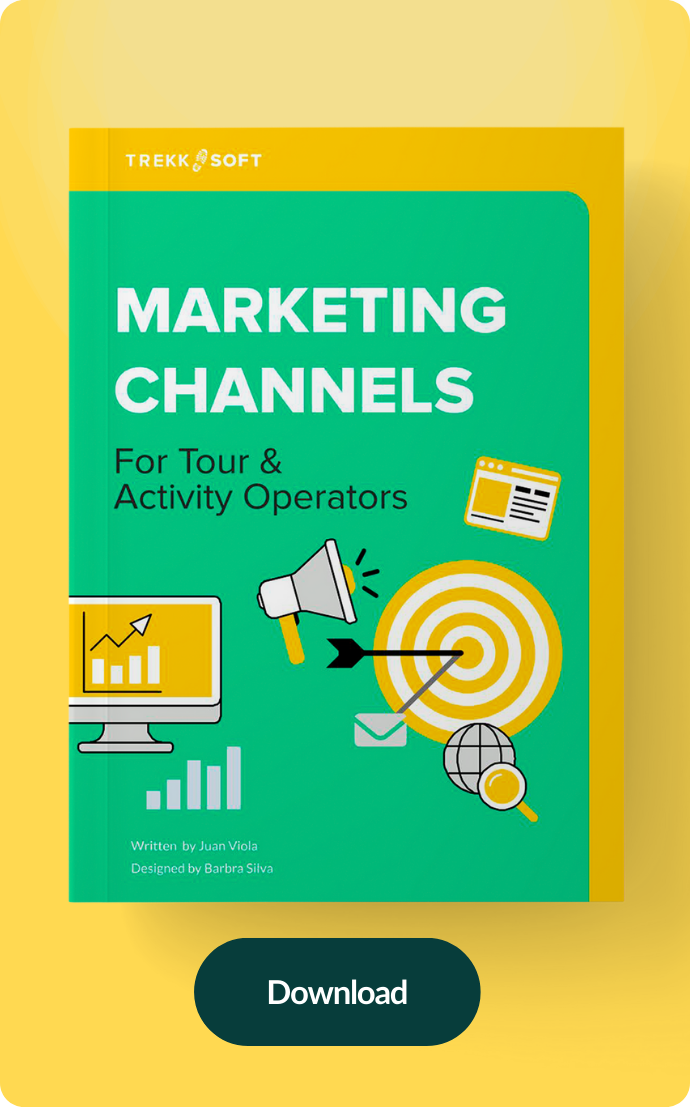Pricing your tours can be tricky. There are a lot of factors and variables to account for, and that’s just to calculate how much you should charge our customers. What about how to implement your final pricing structures? It can turn out to be a real pandora’s box, this question of pricing.
Here are 5 things to consider when deciding the right price for your tours or activities.
1. What are your operating costs?
Your operating costs consists of two main categories, namely
1. Fixed costs
These are costs that occur and remain unchanged regardless of the number of tours or activities you run. This could be your rent, administrative costs, annual costs or cost of storing your equipment.
2. Variable costs
This refers to the costs you incur according to the number of tours or activities you run. It includes wages for your guides, cost of fuel, meals during your tours or a commission you pay your re-sellers.

2. What is your break even point?
After calculating your costs, you will have an idea of how much is needed to cover the costs of running your trips, and more importantly, start making profit.
This helps you to calculate the minimum number of bookings you need per tour or activity, to ensure that you do not make a loss.
Head over to this site to read more about break even analysis.
3. How about your profit margin?
Decide how much profit you would like to make on each tour. The most common way to figure out your profit margin is by using the cost-plus pricing method. You simply take the cost of running your tours or activities and add $X or X% to your cost. X will be the profit you wish to make.
When figuring out how much to profit you should aim to make, it would be wise to consider the following:
1. What is your value add?
What sort of added value are you providing your customers? Does this addition justify the additional amount you want to charge your customers? What are your competitors doing? You could opt for one of these options:
1. No frills
Think about low-cost airlines. The price of each flight advertised is based on the cost of getting from point A to point B, without the luxury of checking in bags, in-flight entertainment, meals and other amenities. You could choose to price your tours this way, where perhaps refreshments are not included, but could be for an additional $10.
2. Frill me up
An all inclusive package tour comes to mind when I think of added frills, where everything is included in the price. This might be refreshments, photos during the activity or tour, entry tickets and so on. The trick here is to decide what frills really add value, differentiate you from competitors, and justify the amount you wish to charge customers.
Read our post about adapting your tours or activities for luxury travellers to find out how to create real value for your customers.
2. What is the market rate for your type of activity?
What are your competitors valuing their products at? What is your pricing strategy? Can you remain competitive with the price you’ve set for your tour or activity? You could run a simple Google search for market rates and use it as a guideline for how you could price your tours. You don’t have to be the cheapest option available, but you shouldn’t be charging 5 times the market rate either.
3. What is the demand for your offering?
If you’ve run your business for a few years now, you would have the data to determine when demand for your offering is high and when it is low. You could use this to your advantage, as we will explore in the next point.
Read this article for a more in-depth explanation on these different forms of pricing.

4. What is your pricing strategy?
Within the tour and activity industry, it is common to change the prices for your offerings according to demand. Here are a few pricing strategies you could consider:
1. Seasonal pricing
It is common to charge customers a higher rate when demand is high and supply is unchanged or low. This usually means that tour and activity operators charge a higher price during high season and an even higher price during peak seasons. The opposite is also true, prices drop during off-peak and super off-peak seasons.
2. Daily pricing
Hostels and hotels regularly practice this, where they charge more for weekend stays than week day stays. You could do the same for your tours and activities too. Alternatively, you could also charge customers extra for public holidays.
3. Time of day pricing
This is also another way to maximise profits, where pricing varies according to the time of day. If, for example, a popular time for customers to book your activities is between 11am to 4pm, you could add a surcharge to those times of the day.
4. Last minute pricing
This is perhaps the trickiest strategy to implement. These could be discounted offers, like they do for some theatre shows, where customers are only allowed to buy a ticket a few hours before the show or on the day itself.
If your ultimate goal is to get your tours booked to capacity, this would be a good strategy to push for last minute sales. However, you need to decide if this outweighs the potential income you could have made from un-discounted bookings.
5. Discounts
Finally, you can always choose to provide discounts for group bookings or corporate events. These usually bring in a large number of customers, giving you the opportunity to blow their socks off and turn them into ambassadors for your company.

5. Can you implement your pricing strategy effectively?
Say you've already figured out how you'd like to price your offerings and they differ according to season, day of the week and there are opportunities for discounts for group bookings. Do you have an effective booking system that allows you to account for all these variables? Can your system communicate these changes to all your different distribution networks?
I'm not one to brag but I do need to tell you that our system can do all this, and more. Which is why we believe in it so much. It was designed to be flexible and adaptable to any tour or activity you run, allowing you to give your customers the best experience possible.
These are just a few things to think about when setting the right price for your tours. I hope this has been helpful.
Ready to get more bookings? Let us help!




